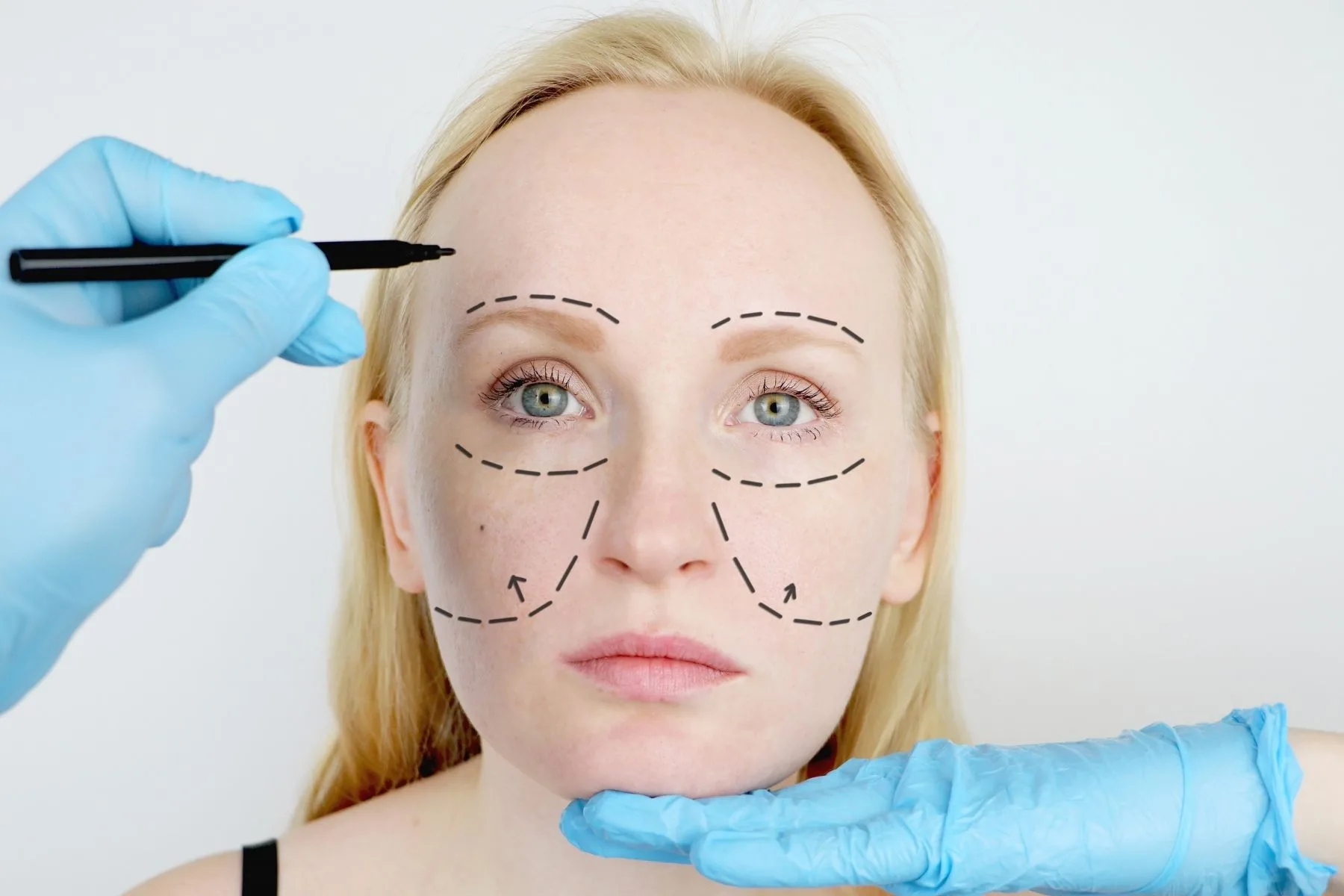Simple Guide for Your Aftercare & Recovery After a Facelift in Turkey
Recovering from a facelift (rhytidectomy) is a crucial part of achieving the best results. Proper aftercare and patience will help reduce swelling, minimize discomfort, and ensure a smooth and natural healing process.
✔ Speeds up healing and reduces swelling
✔ Prevents complications and scarring
✔ Enhances long-term facelift results
💡 Follow this step-by-step guide for a stress-free recovery after your facelift in Turkey!
Immediate Aftercare (First 24-48 Hours Post-Surgery)
📌 The first 24-48 hours are the most critical for controlling swelling and discomfort.
✔ Swelling & Bruising: Expect moderate swelling & bruising (peaks at 48 hours).
✔ Rest with Head Elevated: Sleep with your head elevated at a 30-45° angle to reduce swelling.
✔ Cold Compresses: Apply cold compresses or ice packs for the first 48 hours to minimize bruising.
✔ Avoid Touching Your Face: Let your bandages and stitches heal properly.
✔ Take Medications: Follow your doctor’s prescription for pain relievers and antibiotics.
🚫 DO NOT:
❌ Do heavy lifting, bending over, or sudden movements.
❌ Sleep flat on your back or side.
❌ Remove bandages unless instructed by your doctor.
💡 Your face may feel tight and swollen, but this is normal and temporary!
First Week: Managing Swelling & Stitches Care (Days 3-7)
📌 Swelling and bruising may still be visible but will gradually decrease.
✔ Continue sleeping with your head elevated.
✔ Avoid smoking, alcohol, caffeine, and salty foods (these worsen swelling).
✔ Use gentle face washes and follow skincare instructions from your surgeon.
✔ Take short walks to improve circulation and reduce swelling.
✔ Attend your first post-op check-up (stitches are usually removed after 5-7 days).
🚫 DO NOT:
❌ Use hot showers or expose your face to steam.
❌ Apply makeup, skincare creams, or harsh facial products.
❌ Engage in strenuous activities or intense facial expressions (laughing too hard).
💡 Most patients start feeling better around day 5-7, but avoid rushing your recovery.
Second Week: Gradual Return to Daily Activities (Days 7-14)
📌 You will start looking and feeling better, with reduced swelling and bruising.
✔ Swelling decreases significantly by day 10.
✔ Bruising starts fading – you can use light concealer after 14 days.
✔ Gentle facial massages may be recommended to help reduce tightness.
✔ Sutures are fully removed by the end of this week (if not dissolvable).
✔ Mild exercises (walking) can be resumed, but avoid intense workouts.
🚫 DO NOT:
❌ Sleep without elevation – keep your head elevated for 2 weeks.
❌ Sun exposure – wear a wide-brimmed hat and sunglasses outdoors.
❌ Forcefully move or stretch your face.
💡 You can return to work (non-physical jobs) after 10-14 days, but full results take longer.
Weeks 3-4: Returning to Normal Life
📌 Most swelling and bruising have disappeared, and you can resume normal activities.
✔ Facial tightness starts to feel more natural.
✔ Light exercise can be resumed, but avoid heavy lifting.
✔ You may start using makeup to cover any mild discoloration.
✔ Sun protection is a must! Wear sunscreen daily to protect healing skin.
🚫 DO NOT:
❌ Expose your face to direct sunlight or tanning beds.
❌ Get facials, chemical peels, or laser treatments for at least 6 weeks.
💡 Your face will continue to refine, and results will look more natural each week!
Months 2-6: Enjoying Final Results
📌 By the second month, you will see noticeable, natural-looking facelift results!
✔ Any minor swelling or tightness continues to improve.
✔ Scars begin to fade and blend with your natural skin tone.
✔ You can resume all normal activities, including intense exercise.
✔ **Final facelift results are visible around 3-6 months after surgery.
💡 Your results will last for 10-15 years, depending on lifestyle and skincare habits.
Facelift Aftercare & Recovery Timeline
Timeframe | What to Expect | What to Do |
First 24-48 Hours | Swelling, bruising, facial tightness | Rest, cold compress, pain meds, head elevation |
Days 3-7 | Moderate swelling, bruising fades | Light walking, avoid sun, remove stitches |
Days 7-14 | Swelling reduces, return to work possible | Gentle skincare, mild facial movement |
Weeks 3-4 | Most bruising gone, feeling normal | Light exercise, sunscreen, no heavy lifting |
Months 2-6 | Full healing, best results appear | Normal activities, scar fading, maintain skincare |
💡 Following these steps will ensure a smooth and successful recovery!
Bonus: Tips for a Faster Facelift Recovery
✔ Stay Hydrated: Drink plenty of water to help reduce swelling.
✔ Eat Nutritious Foods: Stick to a diet rich in proteins, vitamins, and antioxidants.
✔ Follow Your Surgeon’s Instructions: Always follow the post-op guidelines given by your doctor.
✔ Use Gentle Skincare Products: Avoid harsh creams or treatments for at least 6 weeks.
✔ Avoid Smoking & Alcohol: These slow down the healing process and worsen swelling.
✔ Protect Your Skin from the Sun: UV rays can cause scarring and slow healing.
💡 A healthy lifestyle helps maintain your facelift results for years!
How Long Should You Stay in Turkey After a Facelift?
📌 Recommended stay duration depends on the type of facelift:
Procedure | Recommended Stay in Turkey |
Mini Facelift | 7-10 days |
Full Facelift (SMAS, Deep Plane) | 10-14 days |
Neck Lift (Lower Facelift) | 7-10 days |
💡 Most patients are ready to fly home 10-14 days after surgery!
📩 Book Your Free Consultation for a Facelift in Turkey!
🩺 Want a youthful, lifted face and refreshed appearance?
📞 Speak with an internationally-certified plastic surgeon today!
🌟 Safe, affordable, and expert facelift surgery in Turkey!

